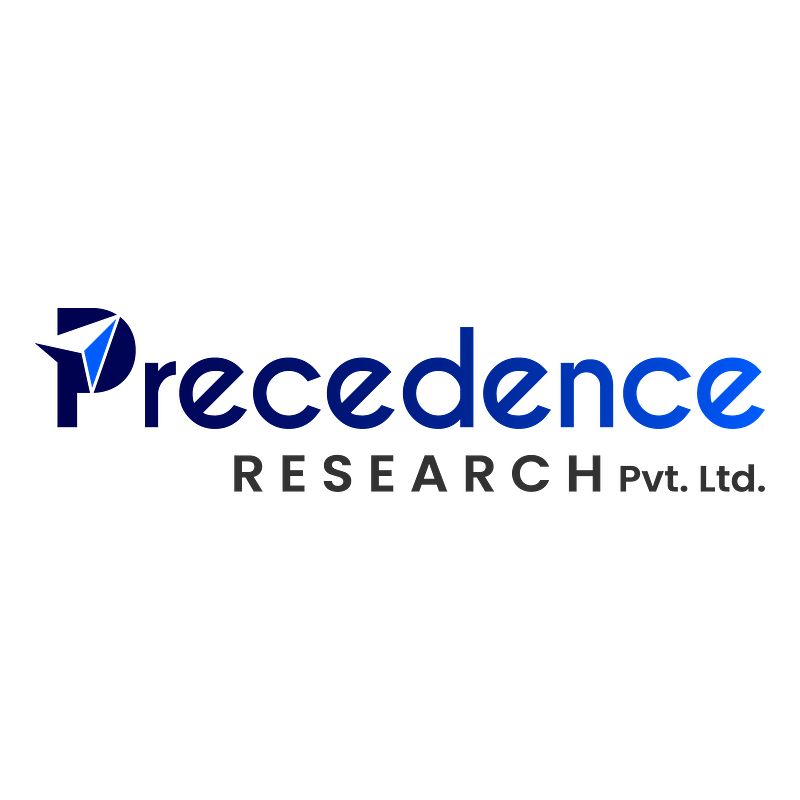
Insulation Industry Booms as Demand Surges for Energy Efficiency & Innovative Materials
Driven by stricter building codes, sustainable practices, and booming Asian markets, the global insulation industry is experiencing significant growth. We explore the trends, technologies, and opportunities shaping its future.
Insulation Industry Booms as Demand Surges for Energy Efficiency & Innovative Materials
The global insulation market is experiencing a period of robust growth, fueled by a confluence of factors – increasing energy costs, stricter building codes mandating efficiency, a growing emphasis on sustainability, and a booming construction sector in Asia Pacific. While traditional fiberglass options remain popular, a wave of innovation is bringing new materials and technologies to the forefront, promising even greater performance and environmental benefits.
Market Growth & Key Drivers
Multiple sources confirm the strong momentum in the insulation market. MarketsandMarkets projects the market to reach $118.5 billion by 2028, growing at a CAGR of 8.1%, while Grand View Research estimates a market size of $120.4 billion by 2030. This growth isn’t merely numerical; it reflects a fundamental shift in priorities – moving beyond basic thermal control towards holistic building performance.
“We’re seeing a real demand for solutions that reduce energy consumption and carbon emissions,” explained an industry analyst. “Consumers and builders are increasingly aware of the long-term cost savings and environmental benefits of investing in high-quality insulation.”
Stricter building codes are a major catalyst, particularly in Europe and North America. Regulations like the European Energy Performance of Buildings Directive (EPBD) are driving demand for higher insulation standards in new and renovated buildings. Simultaneously, government incentives and tax credits are encouraging homeowners and builders to adopt energy-efficient practices.
Asia Pacific: The Epicenter of Growth
While demand is rising globally, the Asia Pacific region is emerging as the key growth engine for the insulation industry. Rapid urbanization, a burgeoning middle class, and ambitious infrastructure projects are driving demand in countries like China and India.
“The scale of construction activity in Asia Pacific is unprecedented,” said a materials scientist specializing in sustainable building materials. “With millions of new homes and buildings being constructed each year, the need for effective insulation is enormous.”
China currently holds the largest share of the Asia Pacific insulation market, fueled by government investments in sustainable construction and efforts to reduce air pollution. India is also experiencing significant growth, driven by rising disposable incomes and increasing awareness of energy efficiency. While challenges remain regarding infrastructure and regulatory frameworks, the long-term outlook for the region is exceptionally positive.
Beyond Fiberglass: Innovation in Insulation Materials
While fiberglass remains a dominant player, a wave of innovation is transforming the landscape of insulation materials. Traditional materials are being optimized and new technologies are emerging, offering superior performance, sustainability, and specialized applications.
- Aerogels: These ultra-lightweight materials boast exceptional thermal resistance, surpassing even the best conventional insulation. While currently more expensive, advancements in manufacturing processes are bringing costs down, making aerogels increasingly viable for high-performance applications.
- Vacuum Insulation Panels (VIPs): VIPs offer incredibly high thermal resistance in a thin profile, making them ideal for space-constrained applications. However, their high cost and susceptibility to damage remain significant challenges.
- Bio-Based Insulation: Driven by growing demand for sustainable materials, bio-based insulation options – made from hemp, wool, recycled paper, and other renewable resources – are gaining traction. These materials offer excellent thermal performance and reduce reliance on fossil fuels. “Consumers are actively seeking eco-friendly alternatives,” said an industry insider. “Bio-based insulation is a key part of the trend towards sustainable building practices.”
- Optimized Fiberglass & Mineral Wool: Continuous improvements are being made to traditional fiberglass and mineral wool insulation, resulting in higher R-values, improved moisture resistance, and enhanced fire performance.
Challenges & Future Outlook
Despite the positive outlook, the insulation industry faces several challenges. Supply chain disruptions, fluctuating raw material prices, and a shortage of skilled labor are creating headwinds. Ensuring product quality and addressing concerns about off-gassing and indoor air quality are also critical priorities.
Looking ahead, several trends are expected to shape the future of the insulation industry:
- Increased focus on building performance: Whole-building performance modeling and integrated design approaches will become increasingly prevalent, driving demand for optimized insulation systems.
- Growing demand for smart insulation: Integrating sensors and data analytics into insulation systems will enable real-time monitoring of building performance and optimization of energy consumption.
- Circular economy principles: Developing closed-loop systems for recycling and repurposing insulation materials will reduce waste and promote sustainability.
- Government incentives and regulations: Continued government support for energy efficiency and sustainable building practices will be crucial for driving innovation and market growth.
“The insulation industry is at a turning point,” explained an industry analyst. “We’re moving beyond basic thermal control towards creating buildings that are not only energy-efficient but also healthy, comfortable, and sustainable. The future looks bright for companies that embrace innovation and prioritize long-term value.”
The global insulation market is poised for continued growth, driven by the compelling need for energy efficiency, sustainable building practices, and a growing awareness of the long-term benefits of investing in high-quality insulation. As new technologies emerge and demand increases, the industry is well-positioned to play a crucial role in shaping a more sustainable future.
📝 This article is still being updated
Are you a relevant expert who could contribute your opinion or insights to this article? We'd love to hear from you. We will give you full credit for your contribution.
Contribute Your Expertise →